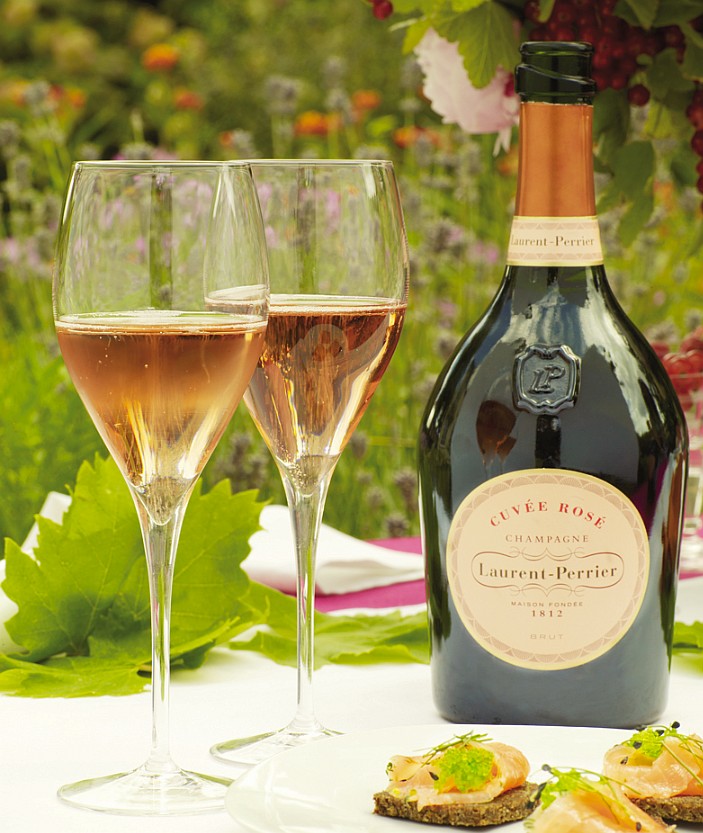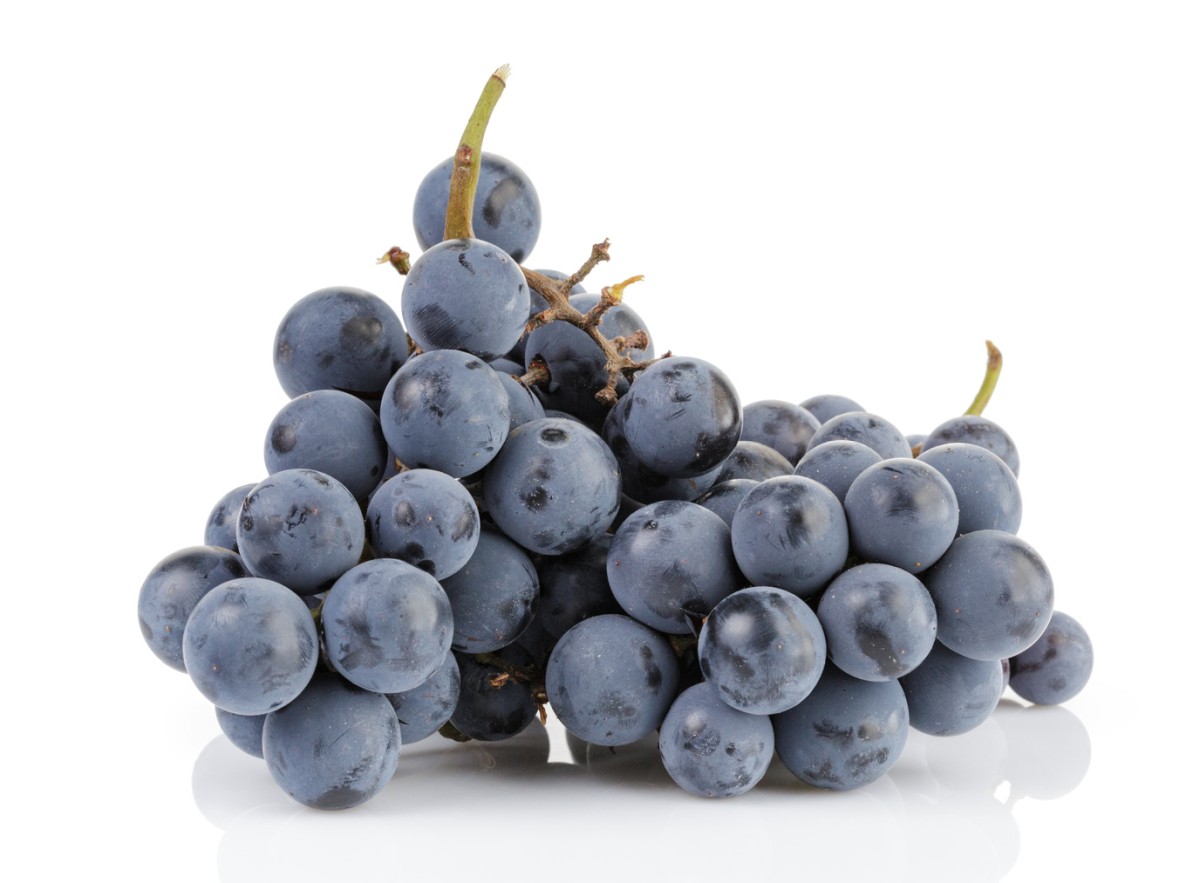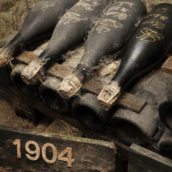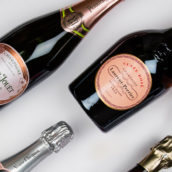Over the last two decades the rise in popularity of rosé, in all forms, has been phenomenal. Now everywhere you turn drinks are turning pink – pink gin, pink wine, pink sparkling. I have even seen the odd pink whisky…
So why has this colour become so popular and how has its fortune changed?
Pink bubbles begin to rise
At the end of the 90s, no City boy would be seen dead drinking bubbly rosé. It was all about claret and good Burgundy, with not a drop of pink in sight. Pink Champagne was seen as inferior, and at the time was cheaper than a classic white brut non-vintage.

Laurent-Perrier Rosé – pink fizz pioneers
Then something changed: Laurent-Perrier Rosé. This richer, deeper rosé captured the imagination of The City of London and suddenly the world turned a deeper shade of pink. Today rosé accounts for 9.4% of the Champagne’s market volume in the UK and 12% of the value.
In the beginning was…Ruinart?
The first Champagne house thought to have produced a rosé is Ruinart – they found reference to a shipment going to Germany in 1764. It was probably Madame Clicquot, the Grande Dame of Champagne, who popularized it, however, when she blended red wine with her iconic yellow label champagne.
How do you make Champagne pink?
Champagne is made predominately from three grapes; Chardonnay, Pinot Noir and Pinot Meunier. Of the three, only Chardonnay is a white grape – the other two are red. All the colour that you get in a red wine comes from the skins of the grapes rather than the flesh, which is white in most cases.

It’s all about the red grapes – you can’t make rosé without them
To extract colour from the grape, the pressed juice must stay in contact with the skins to leach colour out. When making still rosé wines, the majority get their colour from a short period of maceration between grape juice and skins. This can be anywhere between 12 to 24 hours depending on how dark you desire your rose to be. The Champagne makers employ two other methods:
The first is adding up to 15% of still red wine to the blend before the second fermentation, in effect, mixing red and white wine. The percentage they add dictates the colour of the final wine.
Some Champagne houses, like Laurent-Perrier, pride themselves in using the Saignée method, a process of bleeding a portion of juice off the press and then leaving the remaining juice in contact with the skins for a short time. There is a lot of debate as to which is the best method but it is near impossible to tell the difference on the palate.
There is a lot of debate as to which is the best method, but it is near impossible to tell the difference on the palate.
How should I be drinking rosé Champagne?
Rosé Champagnes tend to have more berry-fruit notes – like strawberry, raspberry and cranberry – than classic, white Champagnes. This helps them pair well with richer dishes and desserts.
A deeper rose wine such as Laherte Frères Rosé de Meunier can work beautifully with partridge or rabbit in a cream sauce. More delicate styles, such as Bruno Paillard Première Cuveé Rosé, are delicious with langoustines or salmon. With a fresh-fruit salad or a light fruit-based dessert, try Eric Rodez Rosé.

With a sprig of lavender? It’s worth a try…
Today pink Champagnes carry a premium price tag and, thanks to vintage releases have become the special occasion bubbly.
Many people ask me what my favourite wine experience is, and drinking Billecart-Salmon Cuvée Elisabeth 1988 looking out over the Montagne de Reims as the sun set one summer night rates pretty highly, and has left me with a love of rosé Champagne.
So grab a bottle of rosé this Valentine’s and toast the love of your life – even if that is yourself!
Tagged Bruno Paillard, Eric Rodez, Lahertes Frères, Laurent-Perrier, Veuve Clicquot










 Enjoy responsibly
Enjoy responsibly
Comments
[…] For more pink fizz, check out our previous post – Why should I be drinking rosé Champagne? […]